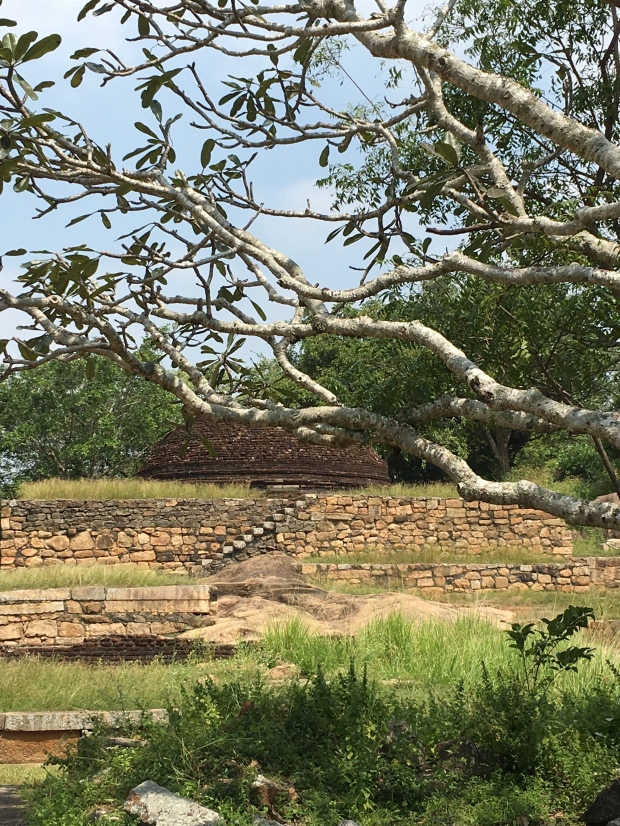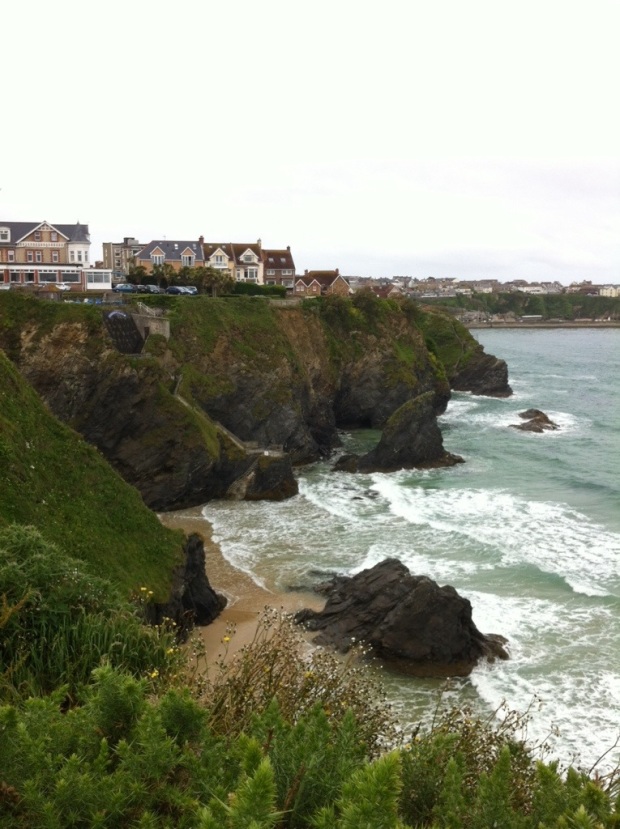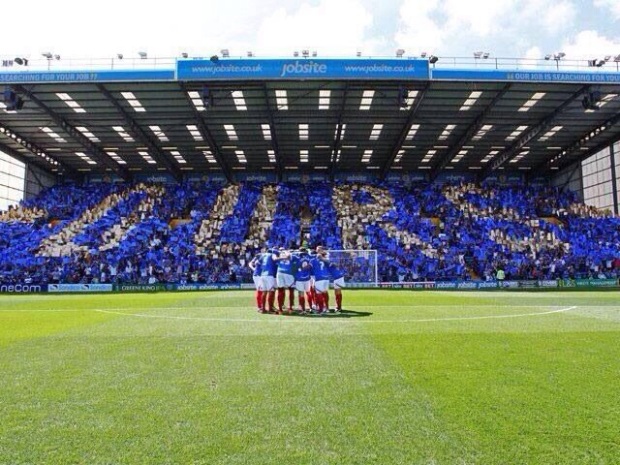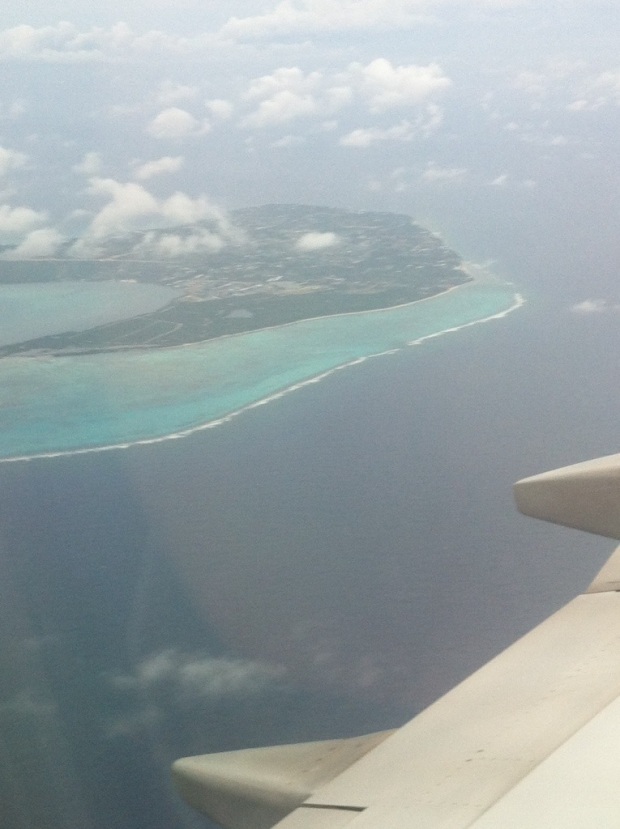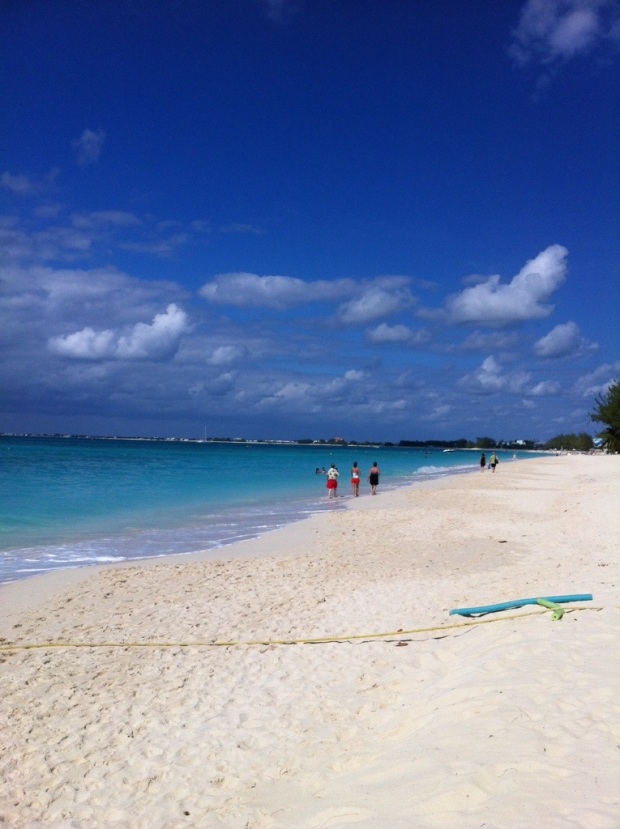After a long absence, this afternoon I wanted to go back to the countryside between the hills and sea in the lower province of Livorno, which even in this wintry season, looks extremely suggestive and that can give, to those passing through, a serenity that only places like this can transmit.
Taking the provincial road SP 16A from Bibbona towards Castagneto Carducci, the landscape offers rolling hills that slope down towards the sea with a succession of olive groves, vineyards and forests of holm-oak and oak trees. Here and there, there are ploughed fields, which in this period are a bright brown colour thanks to the light rainfall over the last few days, and vines stripped of their leaves, waiting to be pruned.
In the 5km that separate Bibbona and the Avenue of Cypresses at Bolgheri, you come across a number of agritourism farms and country houses and the entrance, at the 3km point along the provincial road SP16A, to the ‘Tenuta di Biserno’, an estate that produces excellent wines.
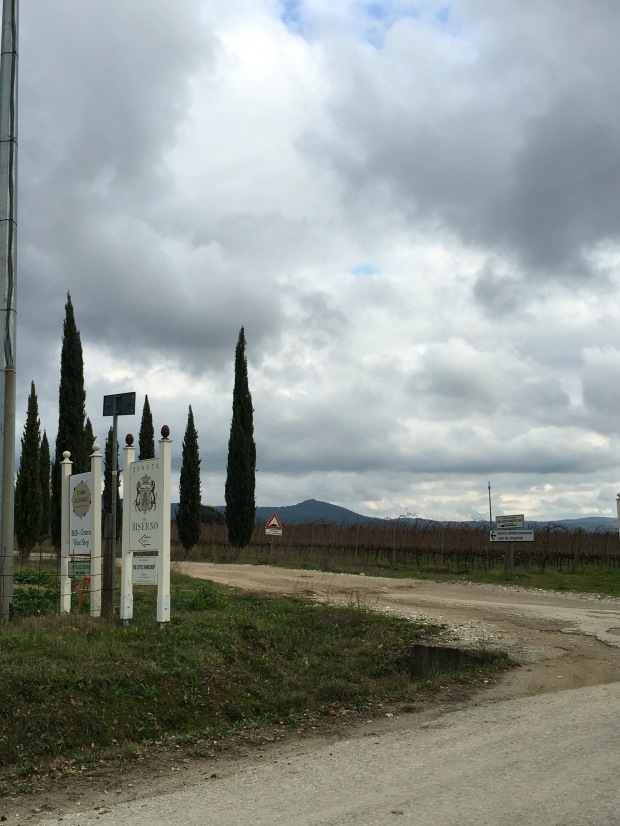
Continuing along this provincial road, you arrive at the Avenue of Cypresses, which connects San Guido to Bolgheri “in duplice filar” [“in double rows”], as the poet Giosuè Carducci recounts.
 After a few minutes on this cypress-lined avenue going towards Bolgheri, you reach the beginning of the town, that today presented itself with the sun illuminating the castle facade, while in the background the sky didn’t look any too promising.
After a few minutes on this cypress-lined avenue going towards Bolgheri, you reach the beginning of the town, that today presented itself with the sun illuminating the castle facade, while in the background the sky didn’t look any too promising.
 If, at the junction of the provincial road, rather than going to Bolgheri, you turn right towards the sea, after about 1 km there is the junction with the provincial road SP16B that, from the Avenue of Cypresses reaches Castagneto Carducci and where, along the way, you pass all the best Super Tuscan wineries. I look forward to telling you about these in one of my next articles.
If, at the junction of the provincial road, rather than going to Bolgheri, you turn right towards the sea, after about 1 km there is the junction with the provincial road SP16B that, from the Avenue of Cypresses reaches Castagneto Carducci and where, along the way, you pass all the best Super Tuscan wineries. I look forward to telling you about these in one of my next articles.




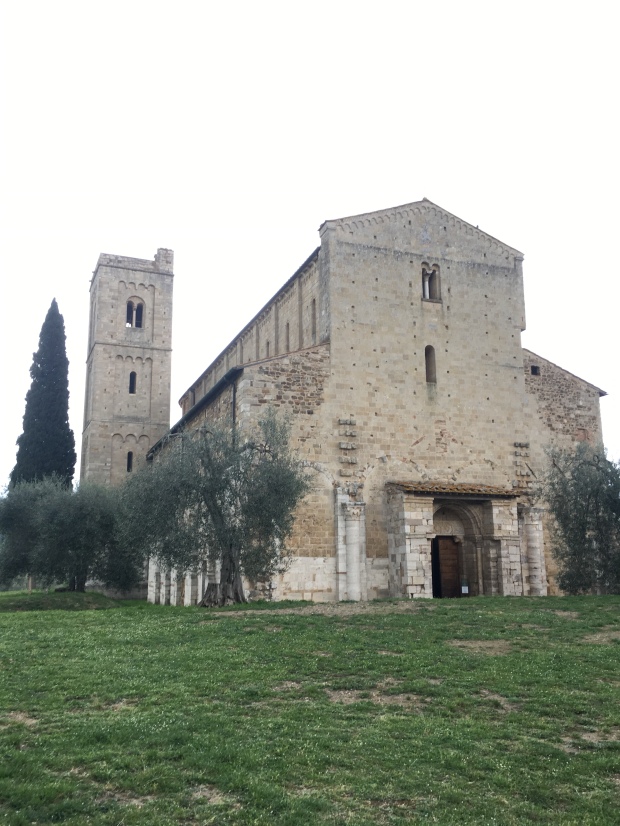


 The mid 19th century Clock Tower, was originally a lighthouse and is now a handy landmark for the city centre area.
The mid 19th century Clock Tower, was originally a lighthouse and is now a handy landmark for the city centre area.


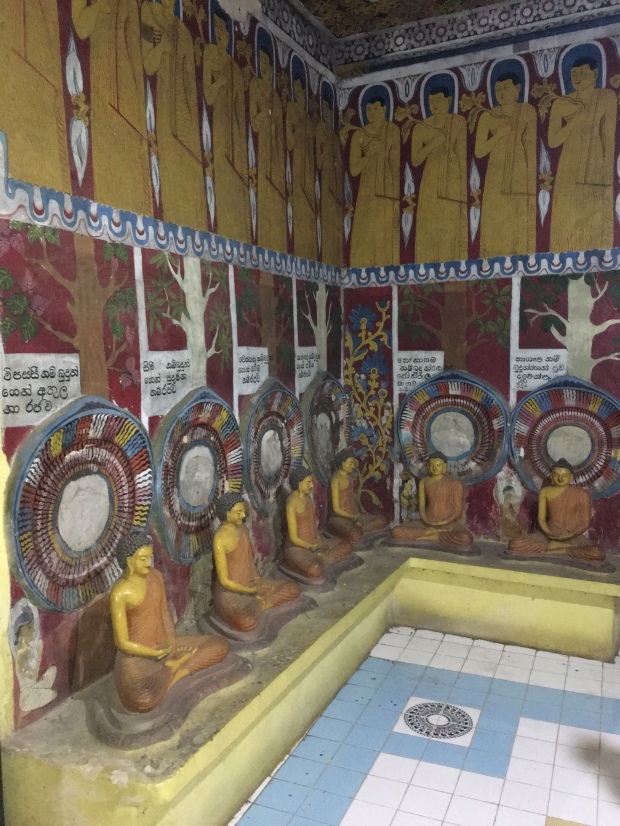 The temple dates back over 2000 years. Historic portraits can be seen drawn inside a cave.
The temple dates back over 2000 years. Historic portraits can be seen drawn inside a cave.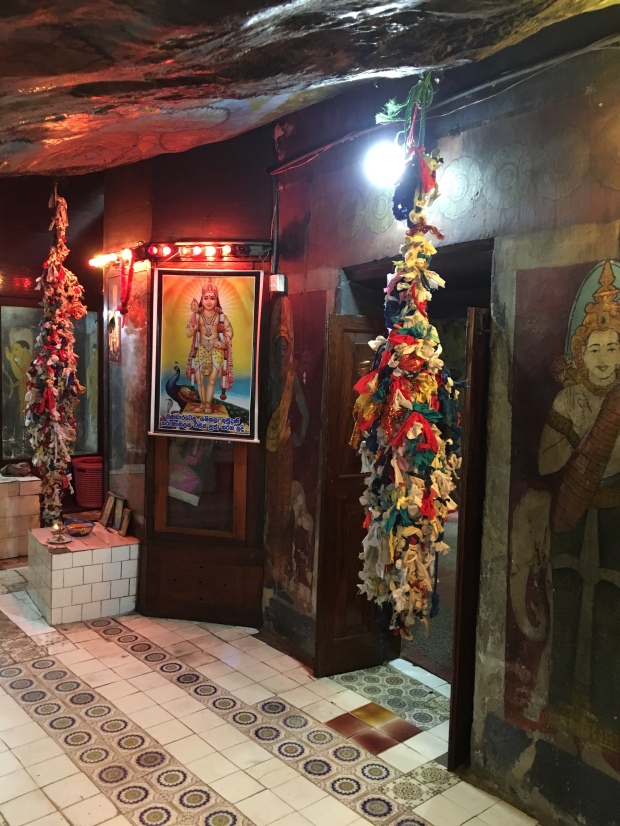

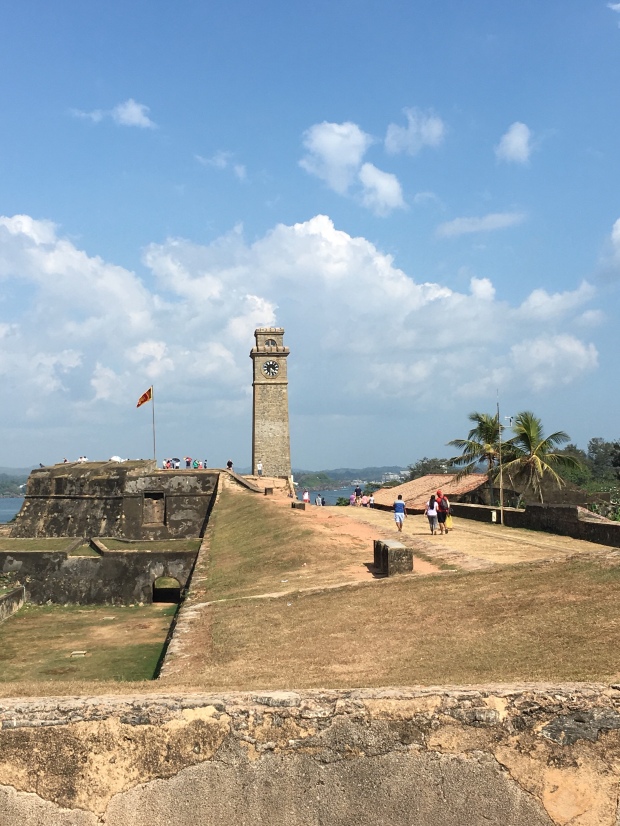
 Portuguese prison
Portuguese prison Galle lighthouse built by British
Galle lighthouse built by British Fort built by Dutch
Fort built by Dutch Sunset from the Fort
Sunset from the Fort
